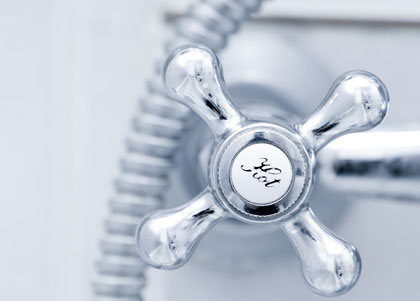An Elementary Guide to Hot Water Services in Australia
 | On the aspect of technicality, hot water services in Australia can be broadly categorized into two divisions. In fact, there are mainly two types of water heaters that are available in the market. These are
water heaters, respectively. Storage water heaters Water in a storage heater is stored in a tank. It is usually heated to a preset temperature, in between 60 to 70 degrees Celsius before it is stored in a tank for ready usage. As and when hot water is consumed, it is drawn from the top f the reservoir. Loss of volume of the liquid is automatically adjusted by cold water at the container’s bottom. There is a thermostat that detects the change of temperature of the fluid and as a result it automatically switches on the heater. |
Instantaneous water heaters
This system heats the exact volume of water that one requires at a time. The inherent mechanism of this system relies on igniting a gas burner or switching on an electrical circuit. When the tap is turned on, water flows through the heating mechanism. As such, there is no loss of heat in this process, as long as there is gas or electricity. Thus, one never runs of hot water using this system.
For a standard house, having a pair of bathrooms, ideal capacity for instantaneous water heater is about 24 litres per minute.
Aspect of energy consumption
Water heaters are one of the major sources of energy consumption. In fact, it is typical that it draws about a quarter of the total energy consumed in a household. Therefore, one has to decide on this aspect with much attention and prudence.
In addition to this, there is the aspect of greenhouse gases. Standard electrical HWS produces approximately 4 tonnes of greenhouse gases a year. In striking contrast, gas or solar operated systems produce about a third of this volume within the given span. In fact, to cut off this ecological impact, the government has formulated new set of regulations regarding installation of electrical HWS.